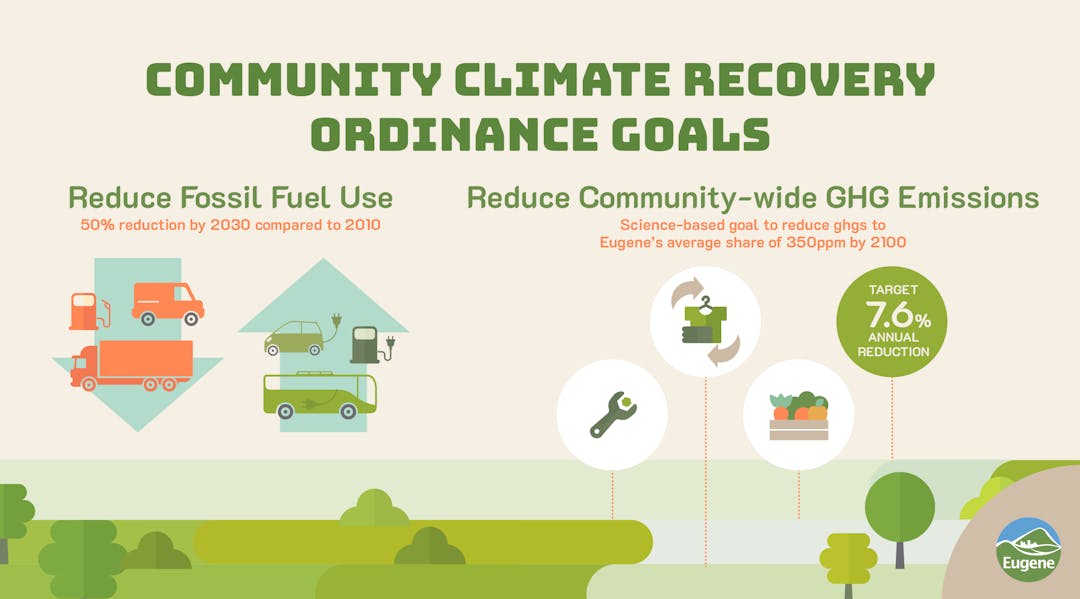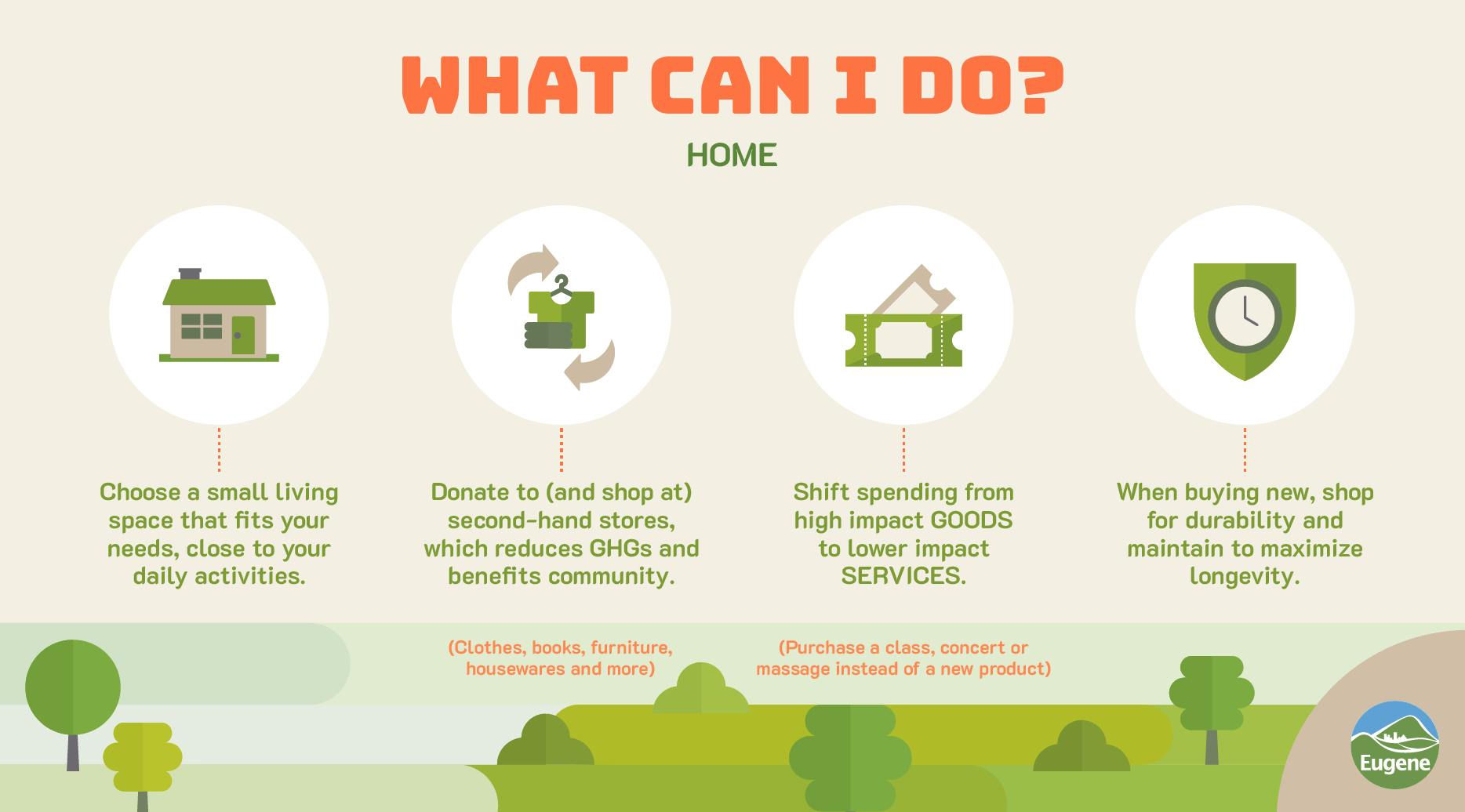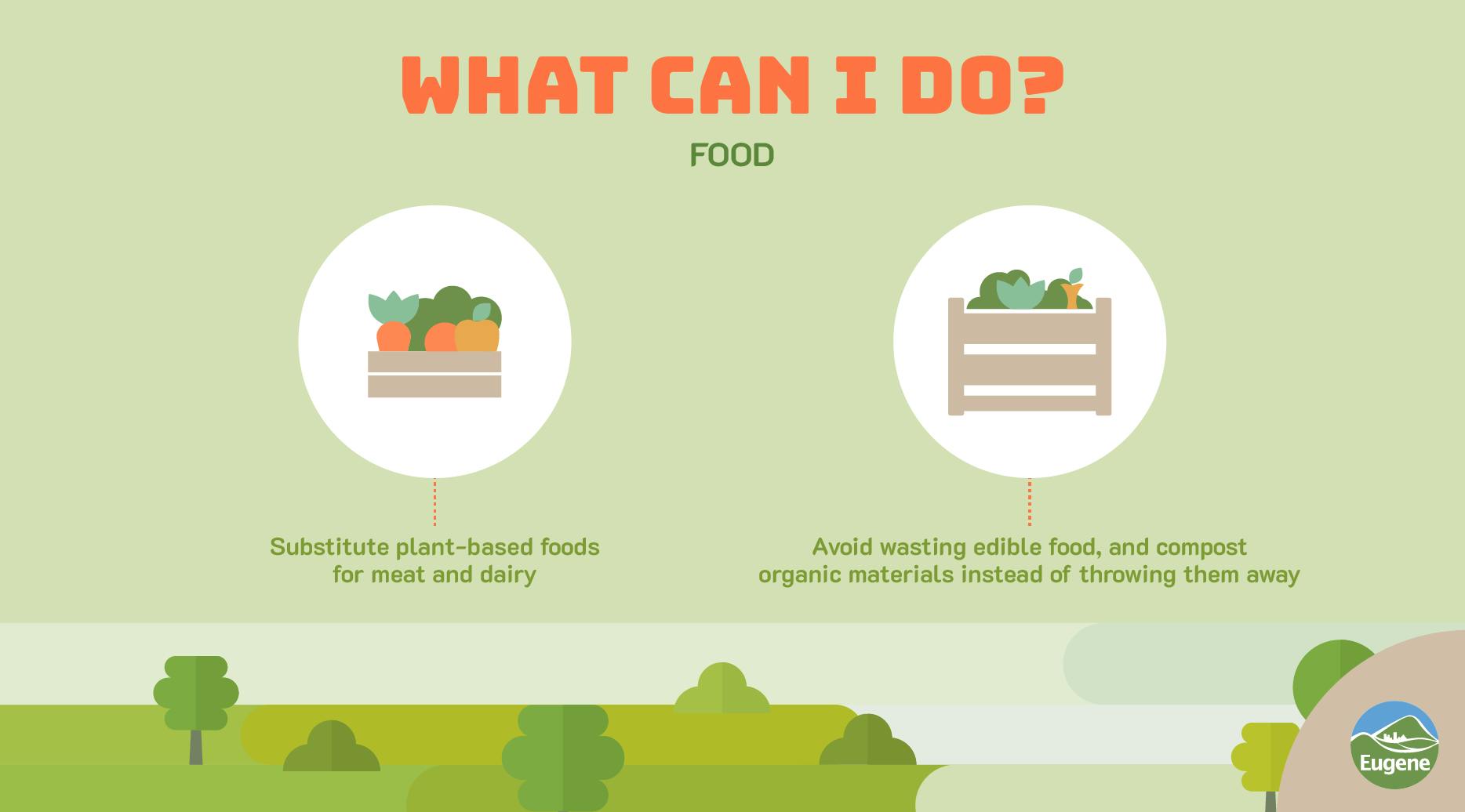Climate Action Plan (CAP) 2.0
Consultation has concluded

The Eugene City Council passed the Climate Recovery Ordinance (CRO) in 2014, making a bold statement by setting ambitious climate goals and incorporating them into Eugene City Code. These goals include a science-based projection that returning to 350ppm CO2e will limit the earth’s warming to 1 degree C. This plan, Eugene’s Community Climate Action Plan 2.0, is an update to Eugene’s 2010 Community Climate and Energy Action Plan and serves as Eugene’s climate action roadmap. The Plan format is different from the 2010 CEAP, focusing on actions that community partners have committed to working on and clearly identifying other high impact actions that the community will need to find additional resources to complete.
Gap Strategy Survey
An important part of the CAP2.0 playbook is the "Gap Strategies" described in Appendix 6. City Council will be deliberating a series of policy options that can help reduce greenhouse gas emissions locally. Before taking the quiz check out Appendix 6 and read about Eugene's locally produced emissions in the 2017 Greenhouse Gas Inventory.
2017 Greenhouse Gas Inventory Sources
NOTE: residential and commercial include both natural gas- and electricity-based emissions

By examining the sources of our local emissions and best practices developed by cities around the world, City Council will have the opportunity to make policy choices that will reduce emissions and make Eugene a more equitable and livable community.




